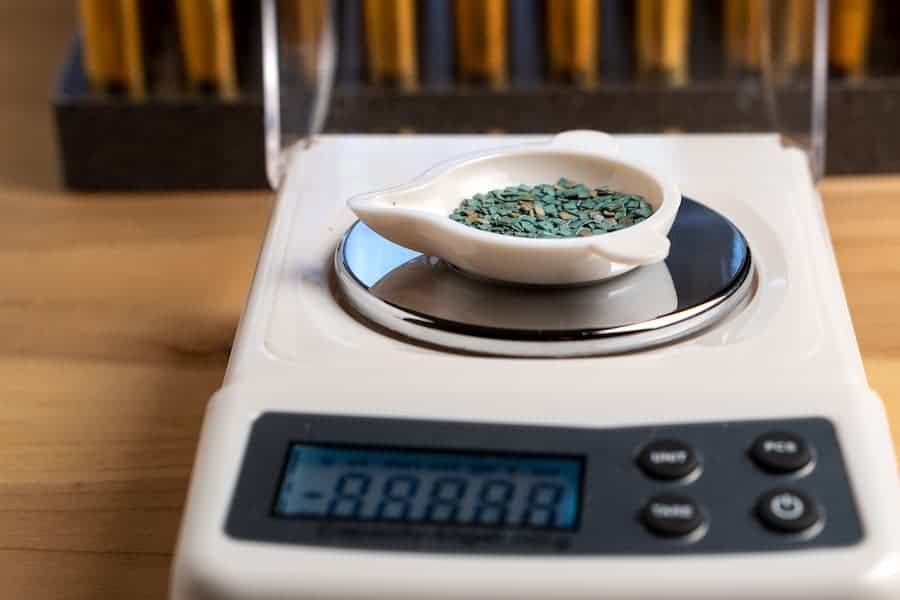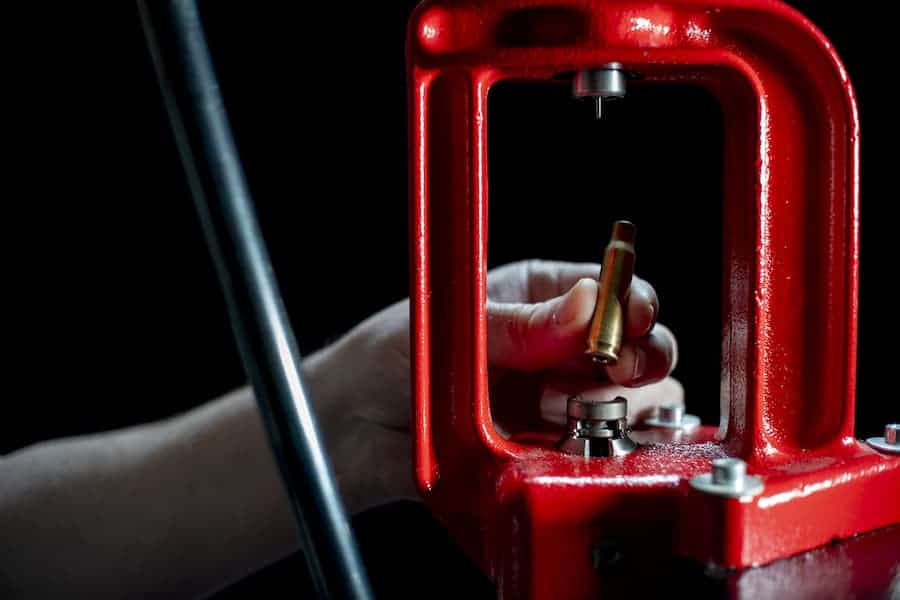As an Amazon Associate we earn from qualifying purchases.
Gunpowder or just powder is an essential material for making effective ammunition. If you want to know more about ammunition, especially if you want to get into reloading, you should learn about its materials. A common question asked for new reloaders is how do you measure powder?
Contents
How Do You Measure Powder?
Gunpowder or powder can be measured in grains and grams by using a reliable powder measure. The most commonly used measurement is grains. It is used to measure bullets and gunpowder. Grain is also used in most ammunition manufacturers.

To measure the grain of gunpowder, reloaders often used tools like:
- Electronic powder measure
- Dial caliper
- Electronic caliper
- Digital reloading scale
The weight and volume of powder are essential for reloading. In fact, there’s even some reloading chart people follow for the right weight and volume for reloading certain ammunition.
Reloading and Powder Measurement
In reloading, most people use gram measurement. Charge weights, which is the amount of powder are measured in grams by most reloaders.
Some words may mean differently to various reloaders. For example, grain may mean the amount of powder to some reloaders. While others refer to grain as the weight of the bullet.
Therefore, you should make sure to clarify what some words mean first or you might misunderstand your fellow reloaders when asking for advice.
Ammo Manufacturing and Powder Measurement
Ammo manufacturers usually use grain as the unit of measurement. When you see the wood grain in ammo packaging, it usually refers to the weight of the projectile used. The reason why manufacturers show grain is because calibers also vary in weight.
The ability to measure the amount of gunpowder is helpful for forensics and reloading. Hence, manufacturers often add instructions on how much powder should be added to their ammunition if people want to reload it.
While some calibers have only one designated grain measurement, some calibers can have various grains depending on preference. For example, a 9mm ammunition can have a grain weight of 115, 124, and 147. The added weight does have an effect on the caliber.
Heavier bullets won’t be affected by wind as much as lighter ones. They also pack more power. However, they will travel slower and won’t be good for long-range shooting.
Therefore, the grain variation helps you choose ammo to fit your shooting condition.
More or Less Grain?
New reloaders oftentimes wonder about how much powder should they add. Some experienced reloaders often add a bit more powder to their ammunition. The reason for this is for higher accuracy since most shooters fire at close to medium range.

Lighter grain means you won’t use more powder so you can save some money. Especially now that ammunition prices are rising and reloading is in demand. Lighter ammo is also great for long-range shooting.
Related Questions
Is Gunpowder Measured in Grams or Grains?
Gunpowder can be measured in both grams or grains. Some people use grams while other people use grains. Ammunition manufacturers mostly used grains while most reloaders use grams.
What Does 1 Grain of Gunpowder Weigh?
Bullet grain or “gr” is a common measurement of bullets. One grain is equivalent to 0.06479891 grams. Grain may refer to the amount of powder or the total weight of the bullet.
Conclusion
Measuring powder is done by the unit of gram or grain. There are various tools you can use to measure powder, especially for reloading. Make sure you follow the recommended amount for reloading when measuring powder.
